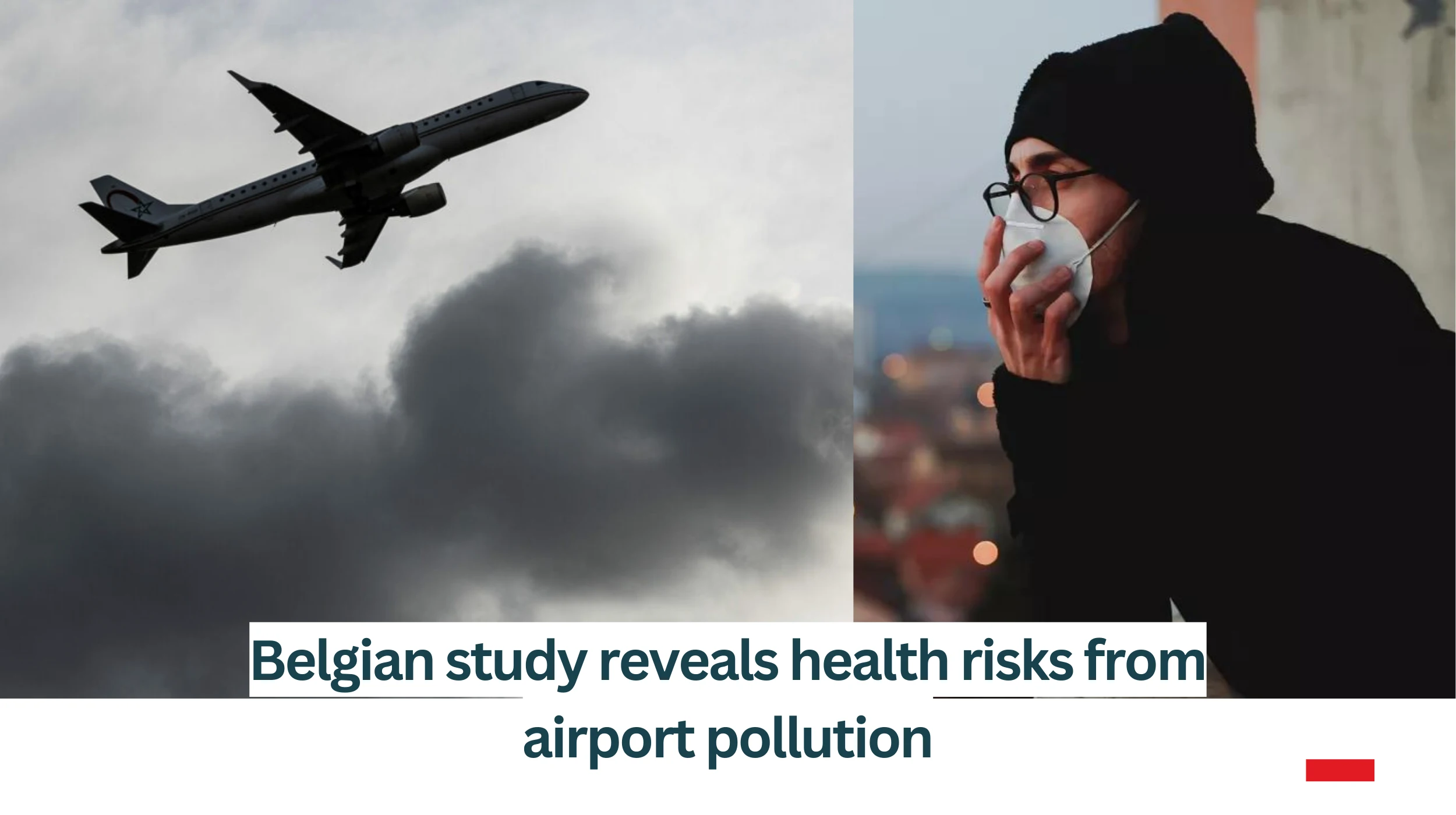Brussels (Brussels Morning) – Over two million Belgian residents– 20% of the people– are exposed to ultrafine particle (UFP) pollution and are at more splendid risk of respiratory and cardiovascular conditions as a result.
A study led by NGO Transport & Environment (T&E) indicates that over 52 million Europeans living in the area of 52 different airports are vulnerable to UFPs, one of aviation’s “non-C02 emissions” that impose serious damage on health and the environment.
How Do Ultrafine Particles from Airports Affect Health?
According to the Belgian environmental association Canopea, this affects over two million Belgians living within 20 kilometres of one of the nation’s airports. UFPs are unleashed by planes when they are airborne, and at a bigger rate when taking off and landing. The particles infiltrate human bodies and increase the chance of respiratory and cardiovascular illness as well as problems during pregnancy.
In addition, the study documents a strong correlation between living near an airport and living on a low income. “The UFP problem is, unfortunately, yet another representative of how the economic profit of a very small proportion of the population takes priority over the health of everyone, especially the poorest,” remarked. “When scientific evidence gathers, it is often decades before binding standards are put in place to protect people’s health. This is intolerable and in total breach of human rights, since ‘the right to a clean, healthy and sustainable environment’ has been enshrined in human rights law since 8 October 2021.”
What Impact Do Ultrafine Particles Have on Europeans?
The study connects 280,000 hypertension cases, 330,000 diabetes patients and 18,000 dementia cases across Europe to UFP pollution. In Belgium, there have been 8,716 hypertension patients, 9,297 diabetes cases and 607 dementia patients around Brussels Airport which Canopea thinks may also be connected to UFP emissions. Despite the World Health Organisation (WHO) alerting about the negative consequences of UFPs 15 years ago, there is still no law in place to mitigate the pollutant’s existence in the air. Canopea recommends the use of higher-quality aviation energy to reduce UFP presence by up to 70%.
What Health Risks Does Brussels Airport Pose to Residents?
Moreover, In 2023 a study issued underlined Brussels Airport’s harmful effects on public health gave weight to the problems voiced repeatedly by people living nearby. The report, conducted by the Flemish Association for a Better Environment (BBL), showed that 220,000 people living in the area are severely disrupted by aircraft rackets every year, while the sleep of 109,000 people is seriously affected.
Excessive bluster at night-time pushes the body into fight-or-flight mode which in turn decreases immunity against infections and cancer, drives slower recovery from illness, and raises the risk of high blood pressure, a more rapid heart rate and the release of stress hormones. Mental health and memory can also be impacted. The cost of this health damage reportedly amounts to more than €1 billion yearly or €36,000 per night flight. However, BBL claimed that this is “still an underestimate,” as it does not include prescription costs and hospitalisation.



